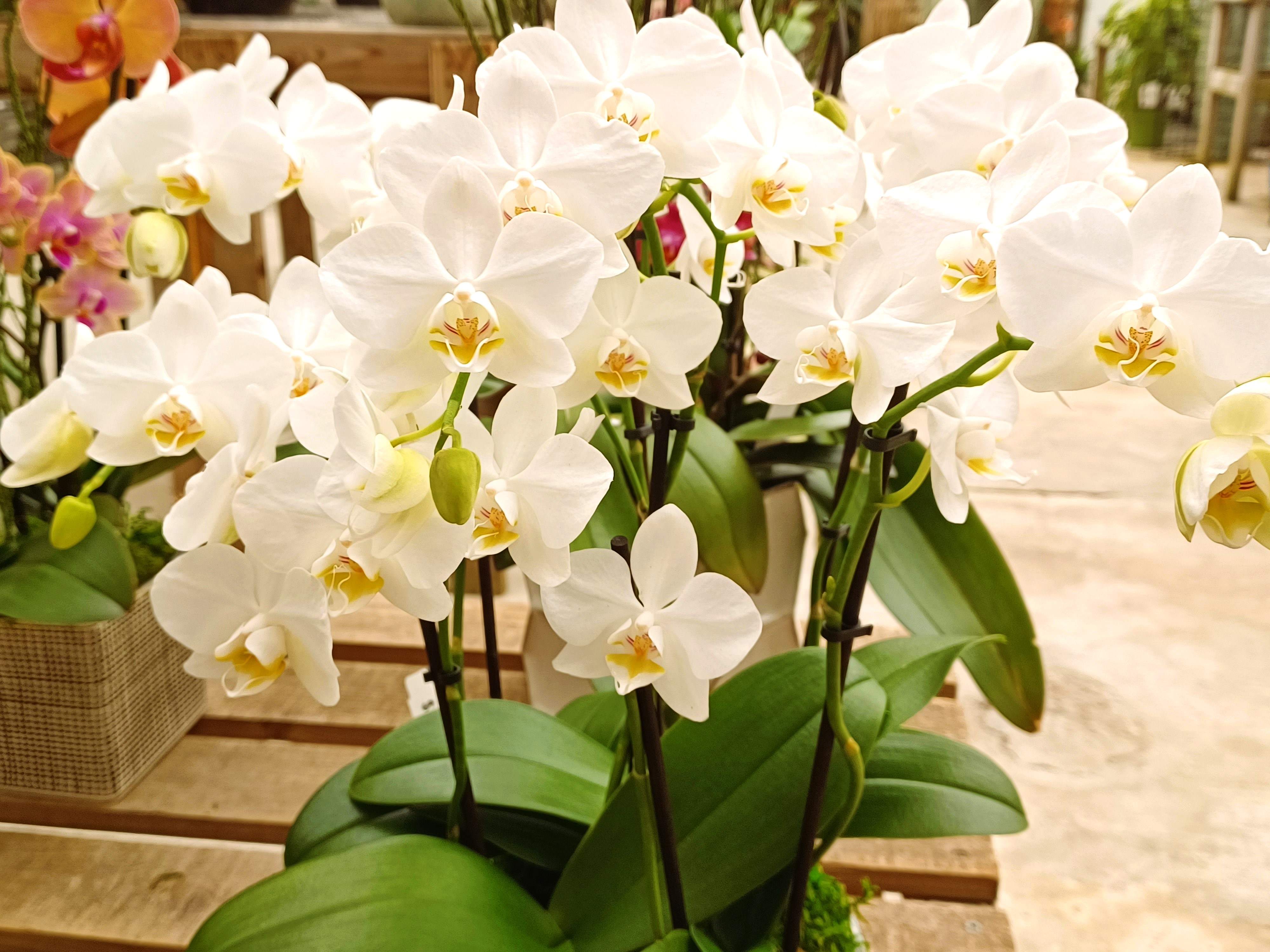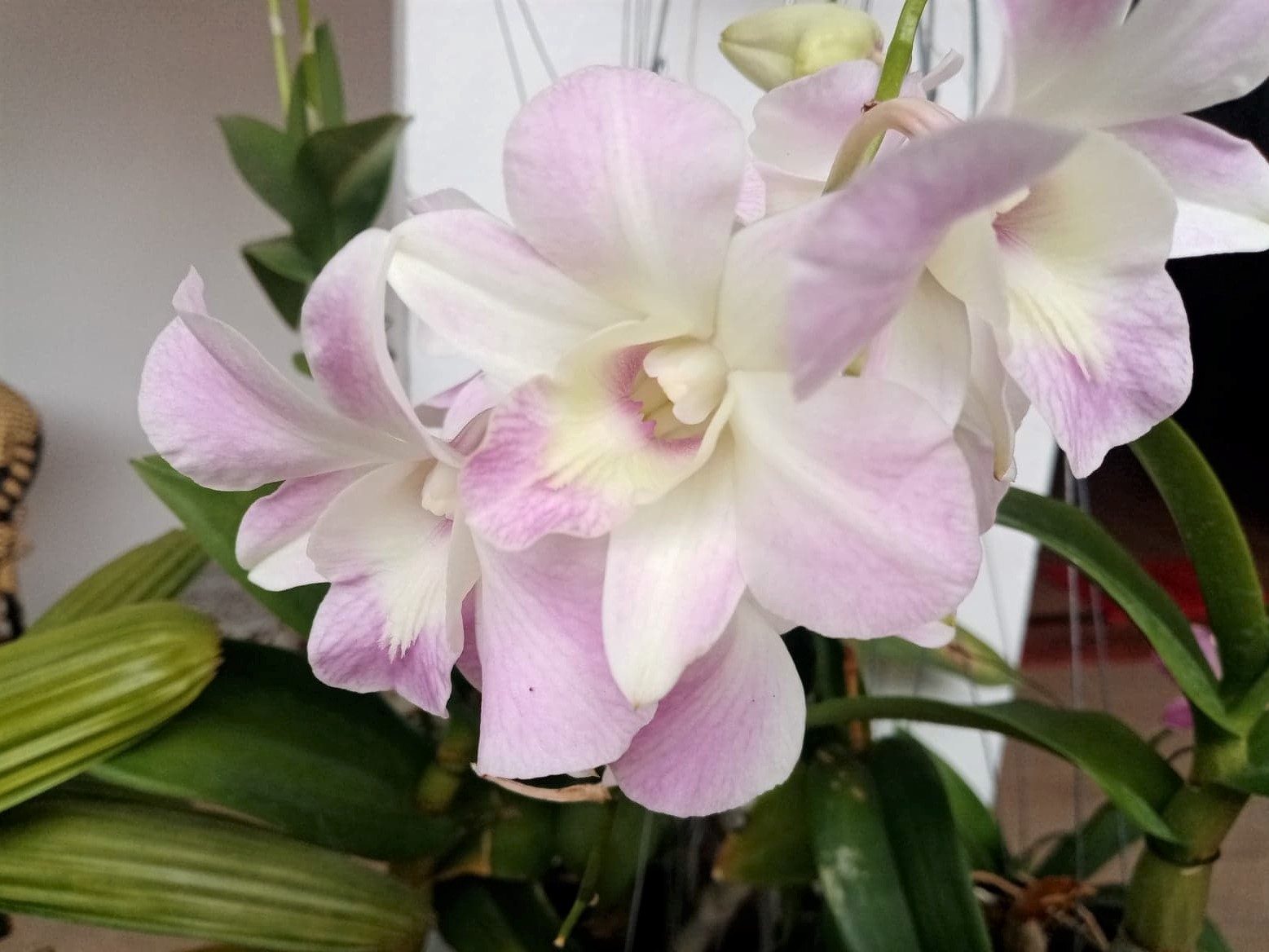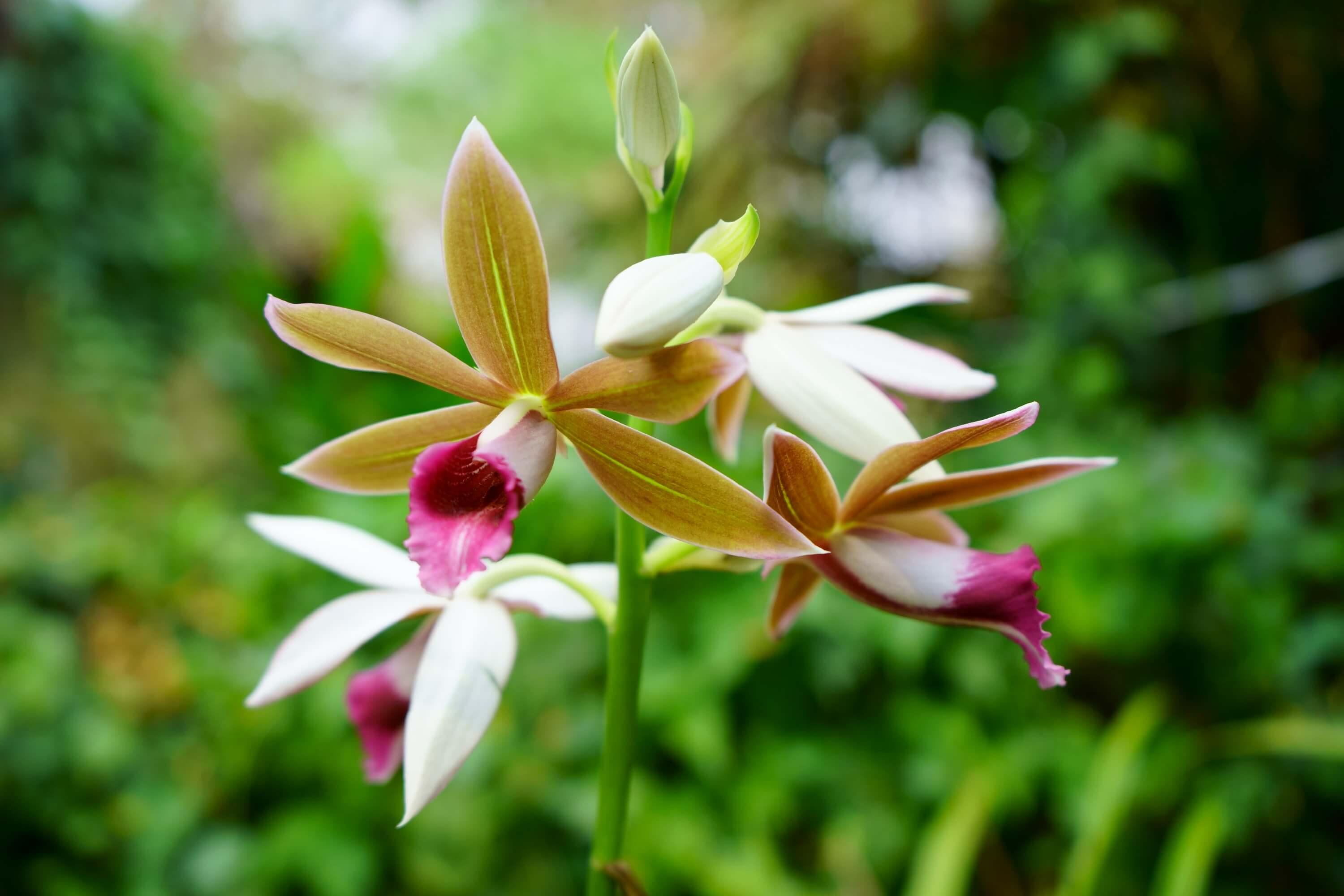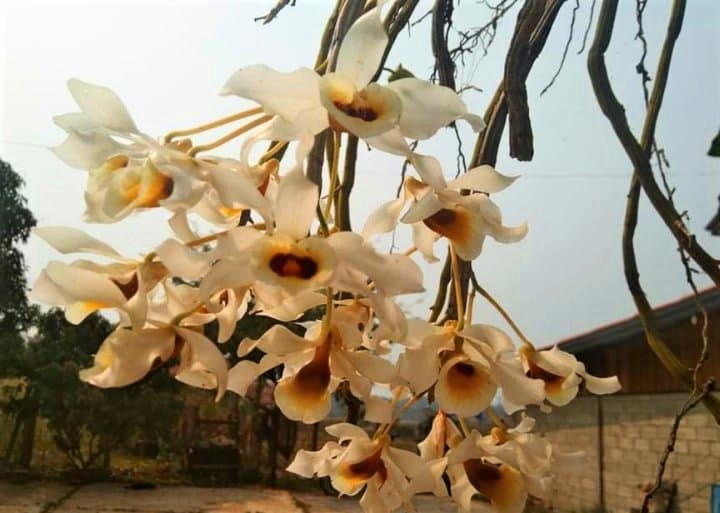How to Make Orchids Bloom
As a seasoned orchid grower, there is nothing more satisfying than witnessing your prized orchids burst into magnificent bloom. Discovering how to make orchids bloom is a delightful endeavor that requires attention to key factors such as light, fertilizer, temperature, and water. Orchids of different genus and species have unique preferences, and meeting their specific needs is crucial for successful reblooming. By understanding the requirements of different orchid species and mimicking their natural environment through light manipulation, appropriate fertilization, temperature control, and careful water selection, you can encourage these gorgeous plants to produce blooms of uniquely beautiful flowers.
Light
How to make orchids bloom begins with providing the correct amount of light, tailored to the specific species. Some orchids, like the Phalaenopsis, perform well in relatively low light conditions, typically bright shade to bright indirect light. On the other hand, species like Vanda and Cattleya prefer much brighter surroundings, which directly influence their flowering patterns. However, it is crucial to avoid exposing your orchids to direct intense sunlight, as it can scorch the delicate leaves and harm the plant. While certain orchids, such as Vandas and Cattleyas, can tolerate gentle morning or evening sun, exercising caution is generally advised. Manipulating light conditions can be achieved through strategic placement, utilizing natural shade from trees or employing shades and curtains. Additionally, supplementing indoor lighting with fluorescent or LED fixtures can effectively address any lighting deficiencies. Moreover, the duration of light exposure also impacts orchid blooming. By using supplemental lighting indoors, you can modify the photoperiod and trigger flower spike production, as some orchids respond to increasing daylight hours while others prefer decreasing daylight hours.

Fertilizing
Another critical aspect of achieving orchid reblooming is regular fertilization using orchid-specific fertilizers. Orchids require essential nutrients like calcium, nitrogen, potassium, phosphorous, and micronutrients. When selecting a fertilizer, opt for one that contains nitrate-based nitrogen sources and avoids ammonium or urea-based fertilizers. A balanced (NPK) fertilizer designed specifically for orchids, enriched with micronutrients, generally meets the needs of most orchids. You can view our review on the top orchid fertilizer brands here. Water quality is also important when fertilizing your orchids. It is recommended to use rainwater, reverse osmosis water, or distilled water to ensure optimal nutrient absorption. When using an all-purpose fertilizer on a weekly basis, utilize only 1/4 of the recommended dosage, as the standard measurements often assume monthly feedings. For example, if the suggested amount is 1 tablespoons of fertilizer per gallon of water, adjust the dosage to approximately 3/4 teaspoons per gallon. It might not seem like a lot of fertilizer, but it is plenty. Remember that orchids in their natural environment receive fertilizer in minute doses from animal droppings, decaying organic matter and minerals leached from tree bark. For more precise fertilizing techniques, refer to the advanced fertilizing tab in the navigation links above or click here.
Temperature for Orchid Blooms
Temperature plays a vital role in the reblooming process of orchids. Orchid species exhibit a range of temperature preferences, and understanding these nuances is key to their successful cultivation. Many Phalaenopsis, for example, are winter bloomers that respond favorably to lower temperatures and decreasing daylight. By adjusting the indoor environment to replicate these conditions, you can encourage flower production. Typically, Phalaenopsis respond with flower production when the nighttime temperatures reach a range between 52 and 58 degrees Fahrenheit (11 to 14 degrees Celsius). Depending on your location and the environmental conditions of your orchids' habitat, adjustments through heating or air conditioning may be necessary to stimulate flowering.
Water: Nurturing Orchids with the Right Hydration
Finally, an often overlooked detail that significantly impacts orchid health and how to make orchids bloom is the type of water used for watering and fertilizing. Familiarizing yourself with a TDS (Total Dissolved Solids) meter is highly recommended, as it helps gauge water quality. Refer to our page on advanced fertilizing in the navigation tabs above for more detailed information on precise fertilizing techniques. Rainwater, distilled water, and reverse osmosis water are the top choices due to their low TDS levels. Tap water, especially hard water with high TDS, can impede nutrient absorption and damage orchid roots. While soft tap water may be a safer option, for optimal results, it is best to use one of the recommended water sources mentioned above.
In addition to the type of water that you use for watering your orchids, understanding how to water your orchids correctly is essential for maintaining healthy plants and encouraging optimal blooms. Orchids prefer a delicate balance between sufficient moisture and proper drainage. Since orchids are air plants, overwatering can lead to root rot, while on the other hand, under watering can result in dehydration and stunted growth. Use rainwater, distilled water, or reverse osmosis water to avoid mineral buildup that can impede nutrient absorption. Ensure the potting medium is well-draining to prevent waterlogged conditions. By providing measured and attentive watering, you lay the groundwork for vibrant blooms to grace your orchids.
Kelp Seaweed Supplementation
Even when you have diligently addressed lighting, fertilization, temperature, and water, your orchids may occasionally resist reblooming. In such cases, incorporating kelp or seaweed extract into your fertilizing routine has proven effective for many orchid growers. This simple addition has often resulted in remarkable improvements, triggering new growth and the production of flower spikes. Another supplemental option that some growers find beneficial is the occasional use of Superthrive, an essential vitamin solution, two to four times a year. These supplementary approaches can provide the extra boost your orchids need to flourish.
How To Make Orchids Bloom
Growing orchids and coaxing them to bloom requires patience and careful observation. Each orchid genus and species has its unique growth patterns and requirements. Monitor your plants closely, noting any changes in foliage, root health, or the emergence of flower spikes. Adjust your care routine accordingly and make gradual changes to lighting, temperature, and watering techniques as needed. Orchids are living beings that respond to their environment, and understanding their individual needs is vital to ensuring successful blooming.
By applying the principles outlined in this comprehensive guide on how to make orchids bloom, you can create an environment that encourages these captivating flowers to grace your space with their resplendent beauty once again. Remember, understanding the specific needs of your orchid species and tailoring the lighting, fertilization, temperature, and water accordingly will set the stage for a successful blooming spectacle. Happy gardening!



